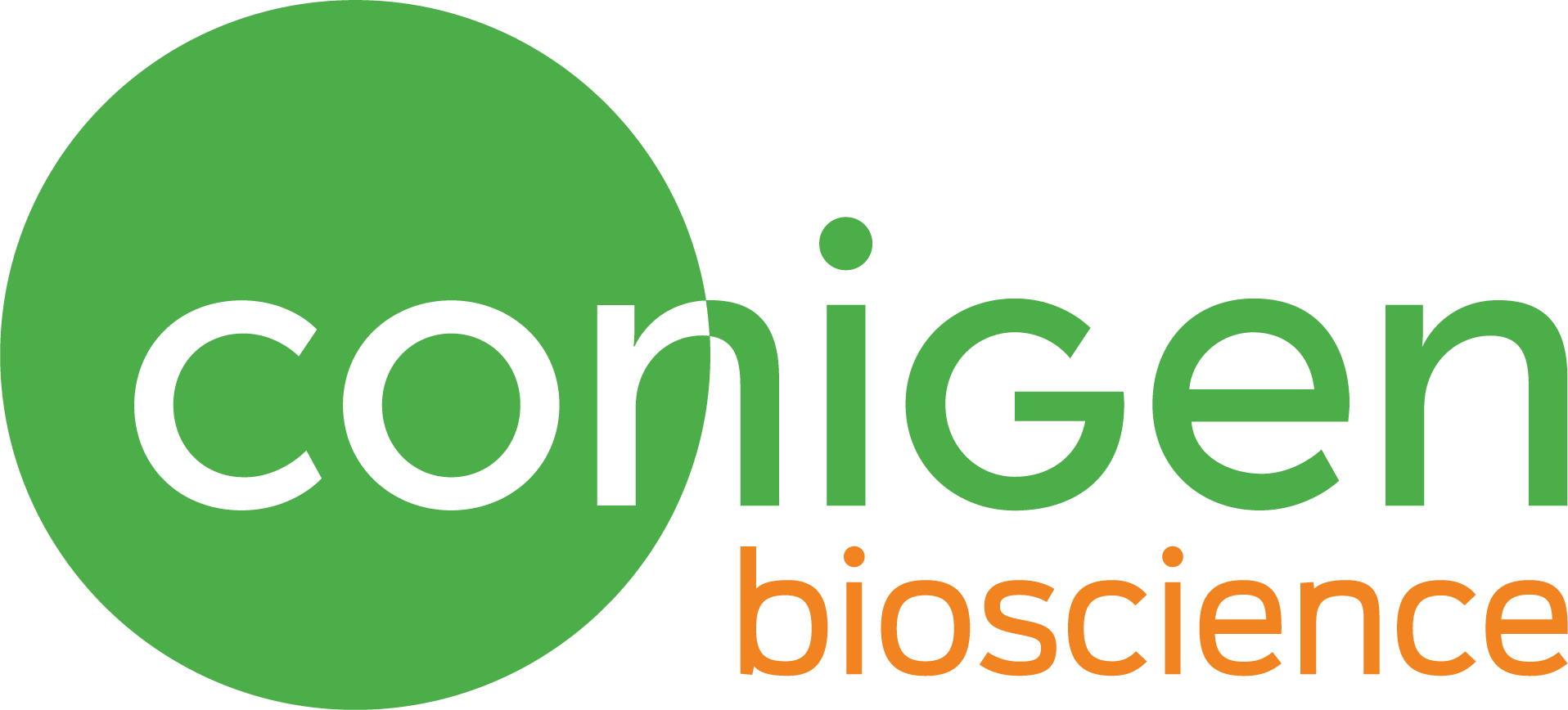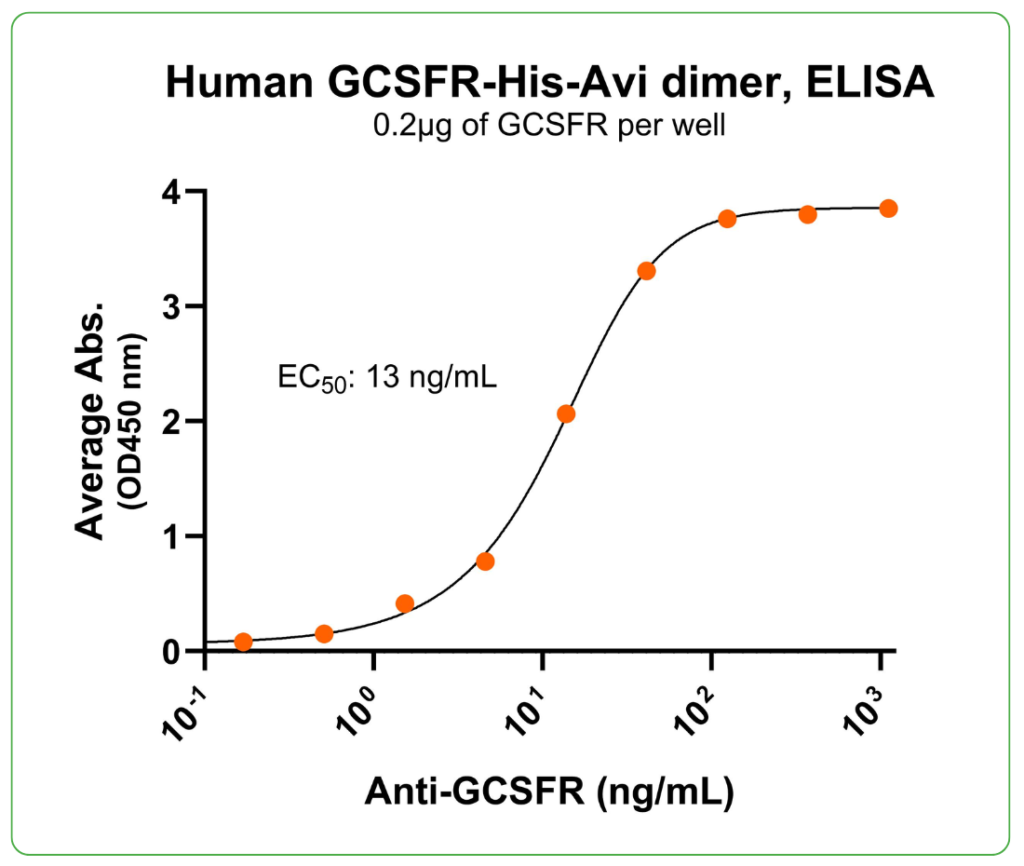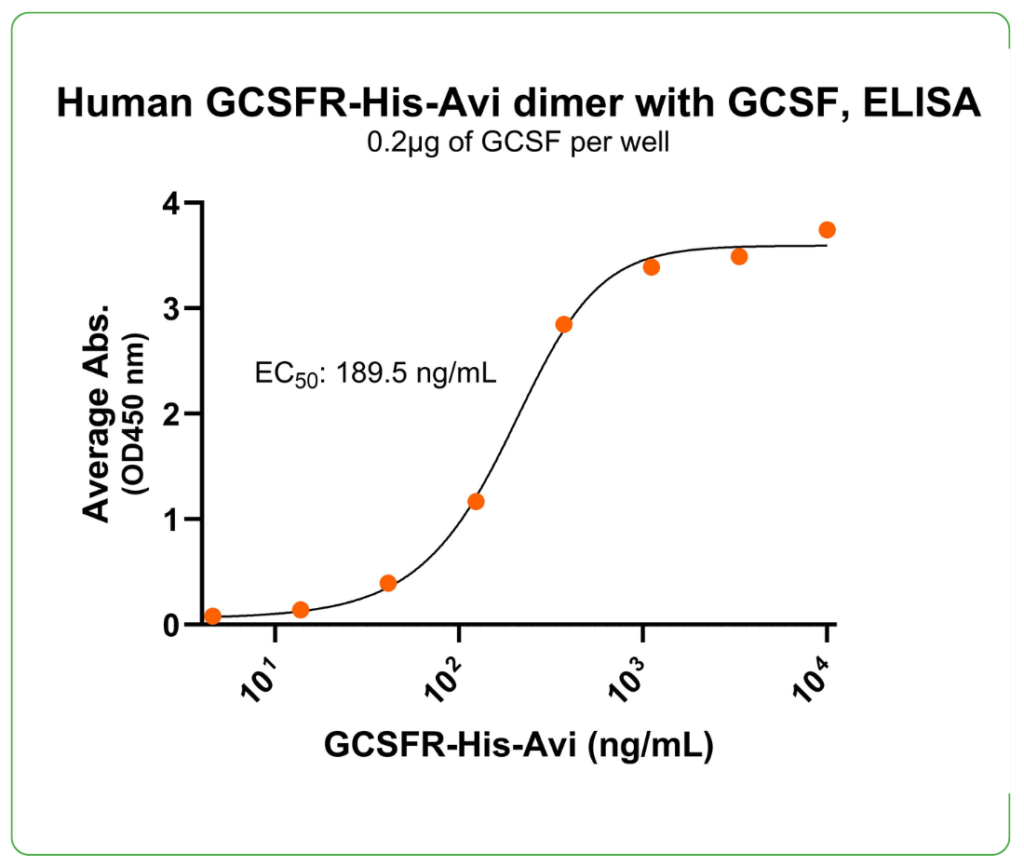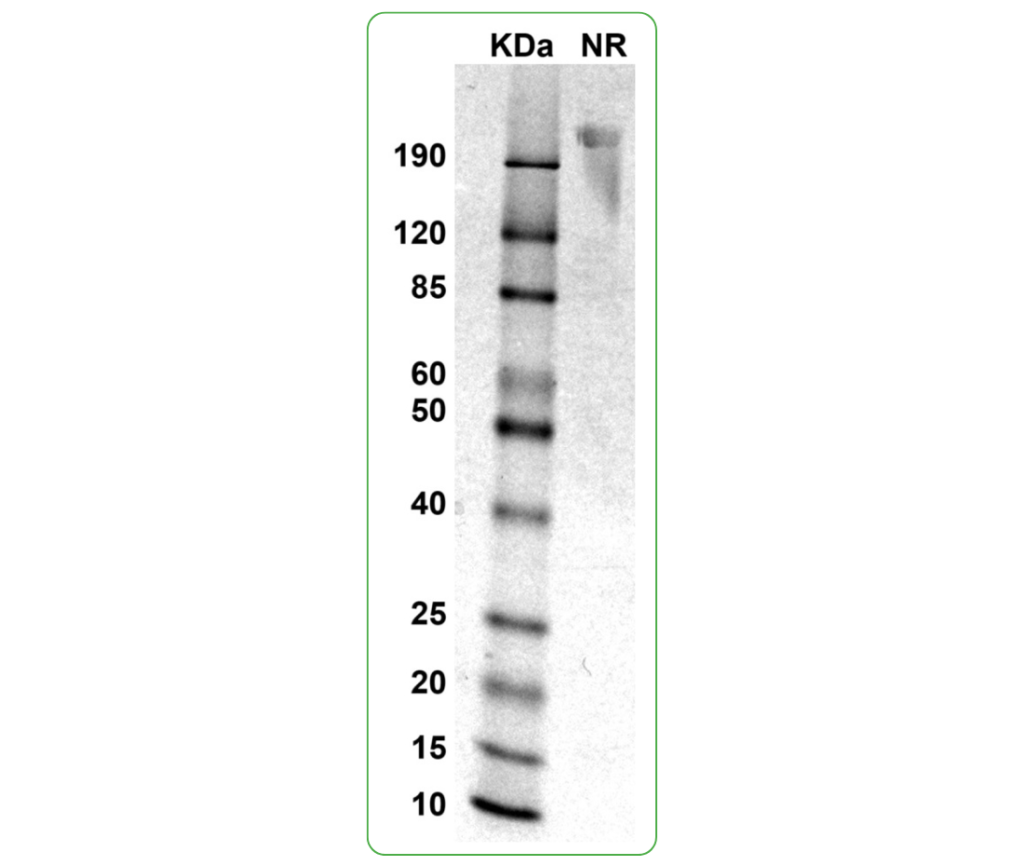Bioactive, Human GCSFR Dimer, His-Avi Tag
| Product Code | CSP-24086 |
| Expression Host | HEK293T |
| Verified Applications | ELISA for GCSFR-specific antibody and granulocyte colony-stimulating factor (GCSF) ligand protein binding assays. |
| Suggested Applications | ELISA for GCSFR-specific antibody and granulocyte colony-stimulating factor (GCSF) ligand protein binding assays. SPR & BLI for GCSFR-specific antibody and GCSF protein binding assays. Animal immunization, RUO. |
| Purity | Greater than 90% dimer form as determined by SDS-PAGE under non-reducing condition |
| Amino Acid Range | E25-H627 |
For Research Use Only (RUO)
Price: $125.00
Price: $195.00
Price: $350.00
Price: $750.00
Price: $2,500.00
Bioactivity – Antibody Binding
Immobilized human GCSFR-His-Avi dimer protein (CSP-24086) at 2 μg/mL (100 μL/well) can bind anti-human GCSFR monoclonal antibody with half maximal effective concentration (EC50) range of 6.5-25.9 ng/mL (QC tested).
Bioactivity – Ligand Binding
Immobilized human GCSFR-His-Avi dimer protein (CSP-24086) at 2 μg/mL (100 μL/well) can bind human GCSF with half maximal effective concentration (EC50) range of 94.8-379 ng/mL (QC tested).
Specifications
Formulation: 0.22μm filtered PBS, pH 7.4
Shipping: Frozen Dry Ice
Storage: -80°C
Human granulocyte colony-stimulating factor receptor (GCSFR) is a transmembrane receptor and a member of the Type I cytokine receptor family that can homodimerize. The recombinant GCSFR dimer protein (CSP-24086) is a cis-homodimer (cis-dimer) and contains a GCSFR extracellular domain (UniProt# Q99062, amino acids Glu25-His627) fused with a proprietary dimer motif followed by a tandem His-Avi tag at the C-terminus. This dimeric protein is expressed in HEK293T cells. The recombinant human GCSFR dimer protein is bioactive and can bind to granulocyte colony-stimulating factor (GCSF). It also binds GCSFR-specific antibodies. This GCSFR dimer can be used as an antigen for in vitro assays and antibody screening, and as an immunogen for immunization to generate antibodies targeting more conformational epitopes.
Protein Name: GCSFR
UniProt #: Q99062
Predicted Molecular Weight: 154 kDa
SDS PAGE Molecular Weight: The migration range of the dimer protein with glycosylation under non-reducing conditions is greater than 190 kDa on SDS PAGE.
Protein Construct: GCSFR dimer protein contains a GCSFR extracellular domain (UniProt# Q99062) fused with a proprietary dimer motif followed by a tandem His-Avi tag at the C-terminus.
Background
Human granulocyte colony-stimulating factor receptor (GCSFR) is a transmembrane receptor and a member of the Type I cytokine receptor family. GCSFR is also known as G-CSF-R, cluster of differentiation 114 (CD114), CSF3R, colony stimulating factor 3 receptor, and SCN7. GCSFR contains an extracellular domain with an immunoglobulin-like (Ig-like) domain, a cytokine receptor homologous domain, and three fibronectin type III domains followed by a transmembrane domain, and cytoplasmic domain. GCSFR is a cell-surface receptor for granulocyte colony-stimulating factor (GCSF) and is expressed on precursor cells in the bone marrow. It exists as a monomer, pre-formed dimer, ligand-induced dimer, and ligand independent dimer. GCSFR’s dimerization is crucial for its functions in both physiological and pathological status. Increased GCSFR expression has been shown in a variety of cancers and is related to tumor proliferation, migration, and metastasis. GCSFR is an emerging target of cancer therapeutics.
Alternate Names: G-CSF-R, CD114, Cluster of Differentiation 114, CSF3R, colony stimulating factor 3 receptor, SCN7



